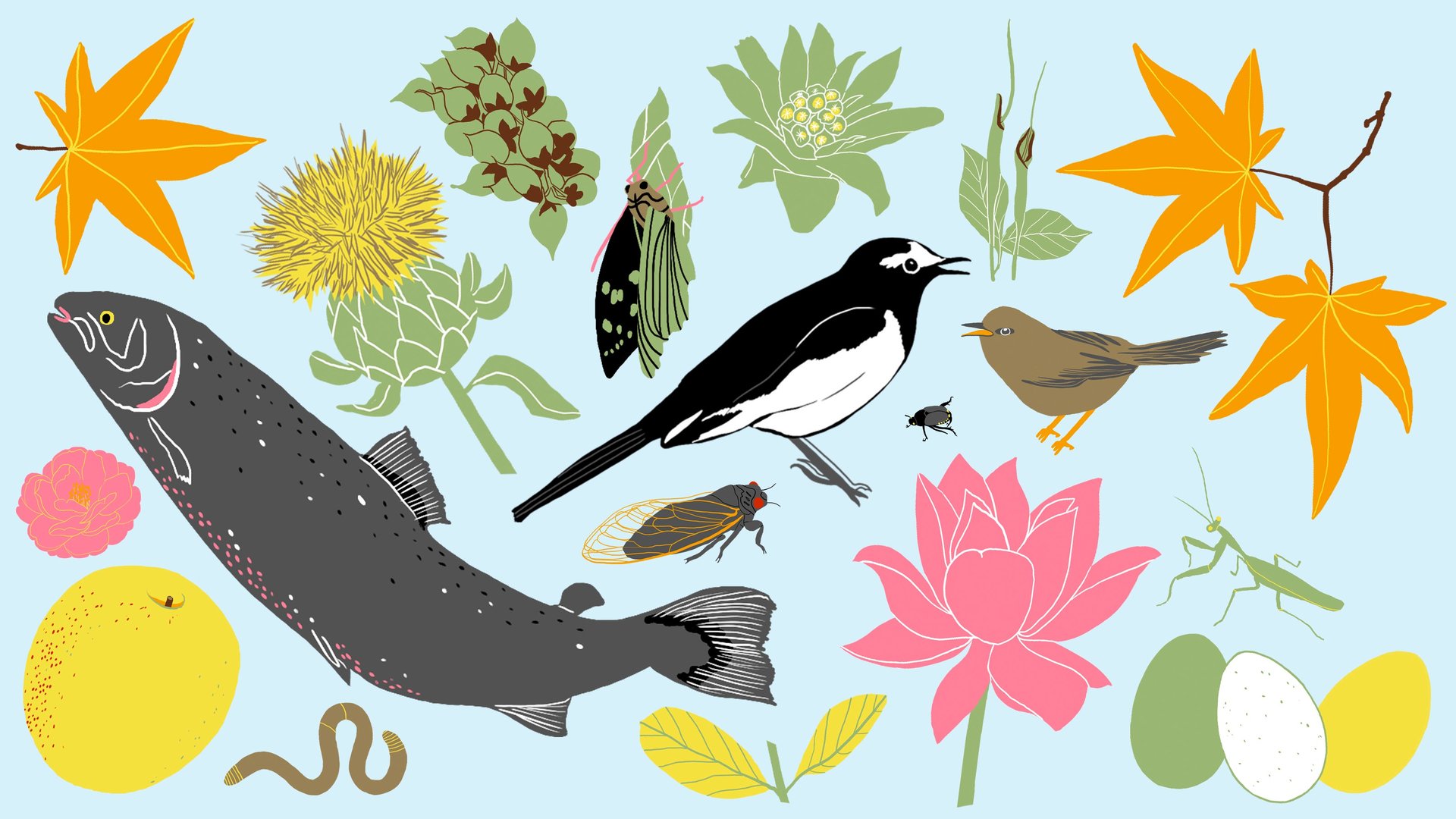Japan’s 72 seasons can liberate us from our obsession with productivity
In a few days, I am going on a four-week vacation.


In a few days, I am going on a four-week vacation.
I know how privileged I am to get such a long break, and I’ve been thinking of how to make the most of it, especially after months of lockdowns and restrictions.
It’s an instinct many will recognize in the lucky parts of the world where vaccines are available and “normal” is slowly coming back. Be it a long weekend, a short holiday, or a month off, we want to make sure we don’t squander a single instant of this much-clamored-for “hot vax summer.”
But as my vacation wish list grew, I could feel the onset of panic. Suddenly, my month off looked like most of my other days: another stretch of time of not having any time.
Until I came across the traditional Japanese calendar, which tracks time on the basis of when sparrows start to nest, or praying mantises hatch. In it, human conceits fade to the background, and what is left is just unencumbered, flowing time.
A different way of measuring time
A version of China‘s ancient lunisolar calendar, this calendar was originally conceived to keep track of agricultural cycles, and is divided into 24 sekki, or micro seasons.
From rishun (立春) “beginning of spring” on Feb. 4 to Daikan (大寒) “major cold” on Jan. 20, through Seimei (清明), “clear and bright” (April 5), Bōshu (芒種), “grain in ear” (June 6), and Hakuro (白露), “white dew” (Sept. 7), sekki mark the passing of time through the year by describing the changes in nature.
Sekki get further divided into kō, three for each sekki, each of about five days. Kō begin on Feb. 4, when “east wind melts the ice.” Five days later, “bush warblers start singing in the mountains”, then “fish emerge from the ice.” Later in the year, between March 31 and April 4, comes the rumble of “distant thunder”; the “first rainbow” bends in the sky between April 15 to 19; by May, 5 to 7, “frogs start singing.” Every few days is a new season, a new opportunity. Small enough to take with lightness. Big enough to matter.
Seen through the lens of sekki—and even more so, of kō—time no longer looks like an emptiness that has no meaning unless we fill it with doing. Instead, it is an independent incessant flow that’s just structured enough to appreciate its regular passing and the cadence it gives to our lives.
Time fills itself
Kō are poetry.
May 21 to 25: “silkworms start feasting on mulberry leaves.” June 11 to 15: “rotten grass becomes fireflies.” Sept. 8 to 12: “dew glistens white on grass.” Oct. 18 to 22: “crickets chirp around the door.”
Yet their charm goes beyond the whimsy of their descriptions. Kō cast the frenzy of our quest for achievements against the harmonious, although equally if not more incessant, progressing of the seasons.
There is such elegance to these happenings and their rhythm. Most kō are the same length (five days) but segments begin and end on different days every month, and on different dates every year. It seems like an apt way to encapsulate how—metaphorically as well as very practically—not all seasons happen regularly, and not all life takes the same time.
Dealing with such micro-seasons, and paying attention to them, can keep us alert to the world around us, and our passing through it. Empty time feels less of waste when seen from the perspective of nature’s motions.
Applying this mindset beyond time off is harder, perhaps, but arguably more crucial. You know what else lasts a kō? The typical work week. Keeping an eye on the natural world moving around us (in ways that might be superficially different from the cycles of Japan’s seasons, but fundamentally the same) might help us avoid productivity for productivity’s sake, and think of work and life beyond a list of things waiting to be done. Doing enough—and just enough—for the duration of a few kō doesn’t seem sacrilegious. After all, thunder takes its time (Sept. 23 to 27) to cease.
“Irises bloom in the time we’ve had so many meetings that don’t matter, and then that’s all they’ve done for the year. Seems like enough,” wrote to me my friend Thu-Huong Ha, who first brought Japan’s micro-seasons to my attention, discussing a recent kō (June 27 to July 1).
My vacation will begin when the crow-dipper sprouts, and end when the earth is damp and the air humid. I will plant myself on a beach for most of it, resist the urge to fill time, fighting the guilt of not doing enough. I might get bored—in fact, I hope I will. It’s only six short kō.
Warm winds will blow (July 7 to 18), the first lotus will blossom (July 12 to 16), hawks will learn to fly (July 17 to 22). Seems like enough.